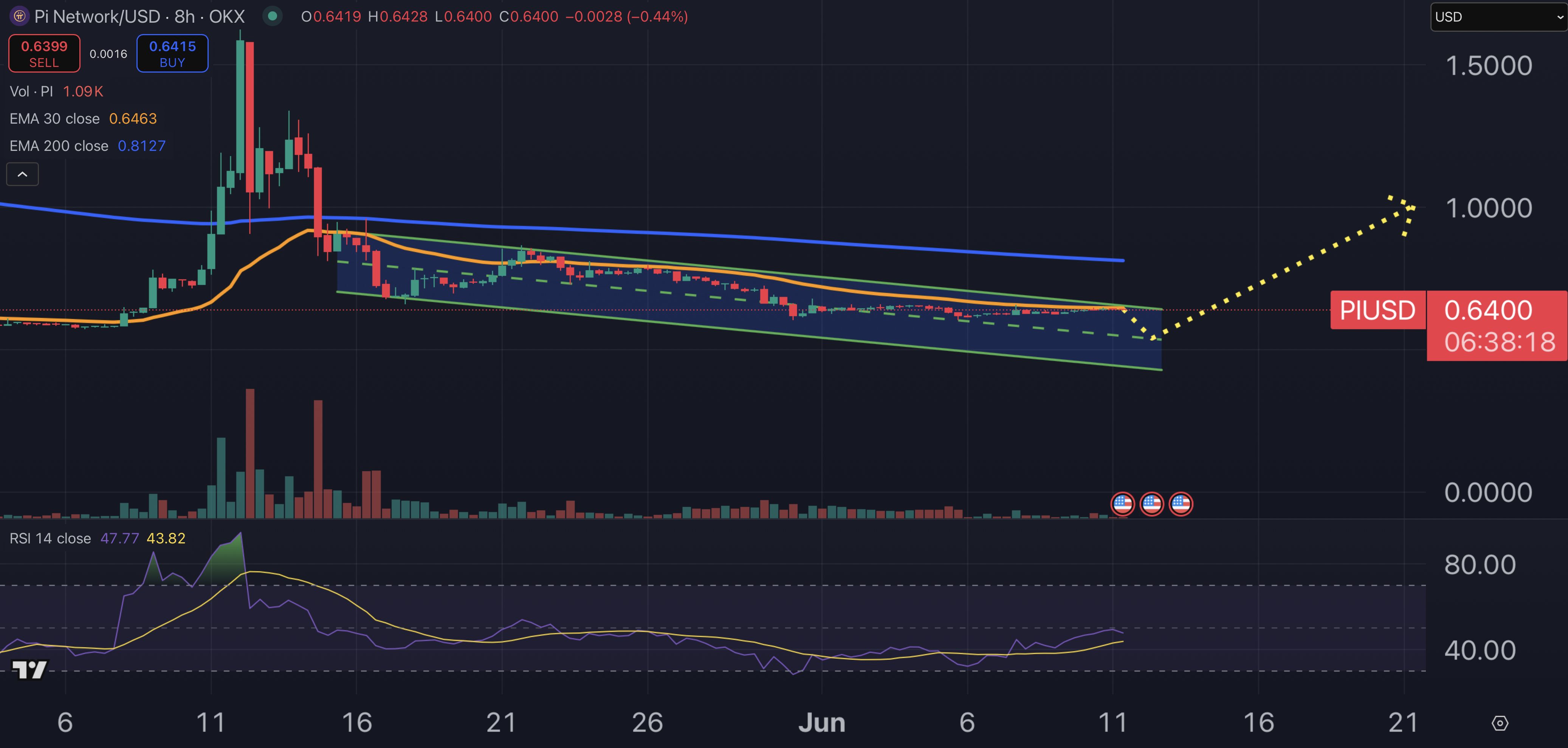A candidate’s signature on a job offer letter is no guarantee they’ll walk through the door on day one. In fact, after accepting an offer, 51% of new hires either later decline the offer or completely ghost the employer, according to a recent Gartner study of 3,500 candidates who were on the job hunt in the past 12 months.
That figure has been rising for the past several years, says Jamie Kohn, a senior director of research in Gartner’s HR practice. For example, in 2019, 36% of survey participants acknowledged they backed out of an offer after accepting it, a figure that rose to 44% in 2022.
And even if new hires arrive on their start date, hiring managers say 19% quit within the first six months, according to a 2022 Gartner survey of 3,000 hiring managers. This figure is on par with pre-pandemic levels of 18% in 2019, according to Kohn.
Fueling this behavior is the ongoing tight labor market, which means candidates may have an abundance of opportunities with other employers and offers of higher pay elsewhere, says Kohn.
Economic conditions have also led to widespread layoffs, including at companies like Google and Meta, which laid off thousands of employees. Yet, they are still planning to continue to hire in other areas or roles within the organization, which can drive a lack of loyalty among new hires.
“We’ve seen a lot of organizations recently thinking about layoffs,” Kohn says, noting as a result, “People don’t feel a need to be loyal to organizations they’ve said ‘yes’ to.”
Statistics from Gartner’s report reflect this: 47% of candidates who recently accepted an offer are still open to other job offers, and 42% believe they can find a better offer if they continue to look.
For employers, no-shows and short-timers mean a waste of valuable time and money: Costs to recruit and onboard employees can range from $4,000 to $20,000, according to an Indeed report. These costs can be incurred from attending career fairs, conducting interview tests and equipping new hires with appropriate equipment and software, for example. However, Kohn says, during the recruiting process and after an offer is accepted, there are steps HR leaders can take to improve the stickiness of their offer.
3 ways HR can make the hire last
Pay transparency from the beginning of the process is crucial, she notes.
“If you have transparency in what you offer in terms of compensation, benefits, flexibility in schedules and things like that, people can gauge whether the job will fit their needs before they even apply,” Kohn advises.
Additionally, building a connection between candidates and their potential team members during the interview process and after they accept the offer can make the experience more real for new hires.
“It can help people to picture themselves in the role,” Kohn says.
Lastly, hiring managers should not only assess candidates for the job but also sell the job and the organization, including by communicating company culture and how the employer would meet the candidate’s needs. Managers should continue to deliver these selling points even after the candidate accepts the offer and starts the job, Kohn says.
Future catalysts that threaten the stickiness of new hires
Although talk of a 2024 recession persists and more employees are staying put with existing employers than during the Great Resignation, HR leaders fear another wave of attrition will wash over their organization if the threat of worsening economic conditions improves, says Kohn. In the next few years, the number of candidates reneging on offers or quitting soon after joining their employer will likely increase, she notes.
Not only could a better economic environment potentially continue to lessen the stickiness of new hires, but so too could growing mistrust of employers.
“Candidates don’t trust organizations to be honest with them in the hiring process or to look out for their wellbeing,” Kohn says. “This mistrust will only increase candidate ghosting and attrition.”
Complicating matters is the rise of remote work, which can create an environment where switching employers is easy, notes Kohn. For remote employees, there’s no need to pack up the desk to move to another employer; it may just be a matter of switching employer-provided laptops from one to another, she adds.
Working remotely can also spur more job-hopping due to a lack of connection to teams and company culture, experts say. As a result, candidates and employees may feel less invested in their organization and more likely to make an early switch.
Looking ahead, HR leaders looking to keep candidates engaged, regardless of whether they will be working remotely or in-person, need to prioritize flexibility, Kohn says.
“A lot of focus has been on remote work and return-to-the-office. But what we find in a lot of our research is there is a bigger push for flexibility of working hours rather than flexibility of work location,” Kohn says. “People are looking at how they can shape their work in a way that will fit their lives.”
Credit: Source link






![AI can boost conversions from your web page — HubSpot’s CMO shows you how [tutorial] AI can boost conversions from your web page — HubSpot’s CMO shows you how [tutorial]](https://knowledge.hubspot.com/hubfs/ai-1-20250605-395473.webp)




